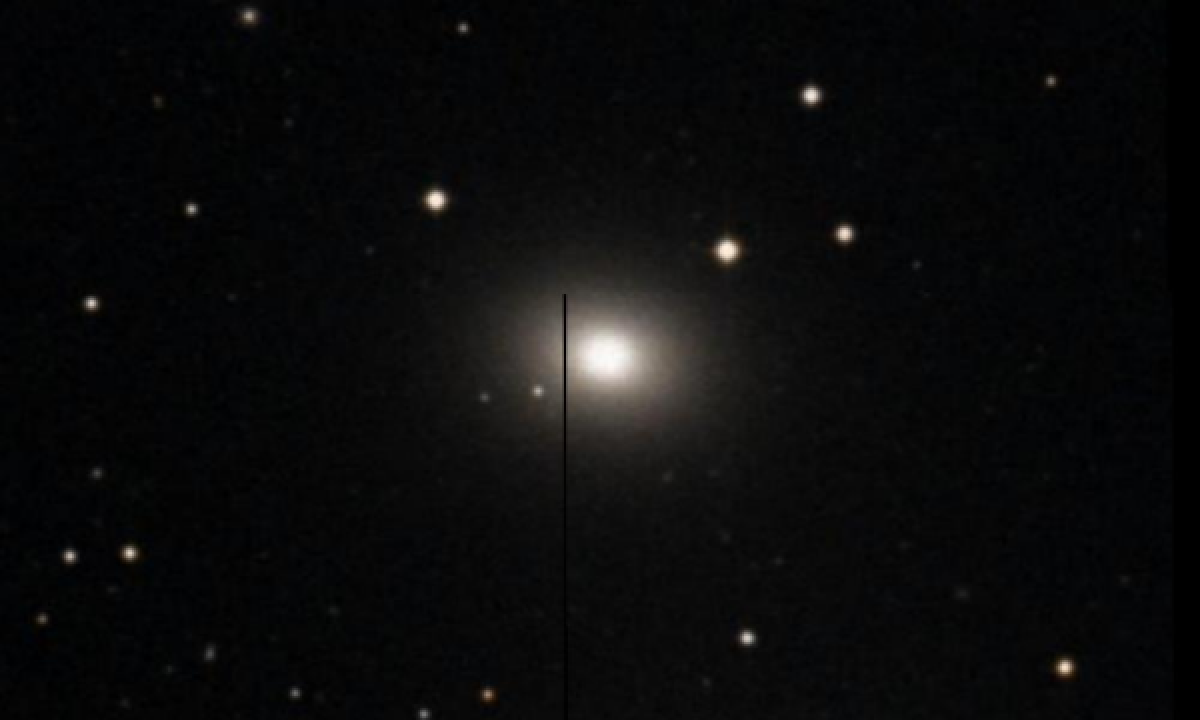The New General Catalogue of Nebulae and Clusters of Stars (abbreviated as NGC) is a catalogue of deep-sky objects compiled by John Louis Emil Dreyer in 1888. The NGC contains 7,840 objects, known as the NGC objects. It is one of the largest comprehensive catalogues, as it includes all types of deep space objects, including galaxies, star clusters, emission nebulae and absorption nebulae.
Know more about NGC
NGC 3608

NGC 3608 is an elliptical galaxy located in the constellation Leo. It was discovered by William Herschel on March 14, 1784. NGC 3608 is part of the Leo II Group of galaxies, including NGC 3605 and NGC 3607. It is approximately 13.0 billion years old. There is diffuse X-ray emission coming from this galaxy and NGC 3607, which suggests that the two may be merging. NGC 3608 has a significant population of globular clusters. The population distribution is bimodal, with "red" and "blue" populations; the blue globular clusters form a majority. The blue globular clusters have a more extended distribution throughout the galaxy. Overall, the globular clusters are aligned along an axis that is not the same as the rest of the stars, which may be further evidence of galaxy interaction with NGC 3607. A large structure of neutral hydrogen gas known as an H I region, about 130,000 light-years (40 kpc) across, exists some twelve arcminutes (corresponding to about 230,000 light-years, or 70 kpc) away from NGC 3608. It may be associated with the galaxy.
More Images:

Sources:
Wikipedia Page: NGC 3608
NGC 3608 at In-The-Sky website
